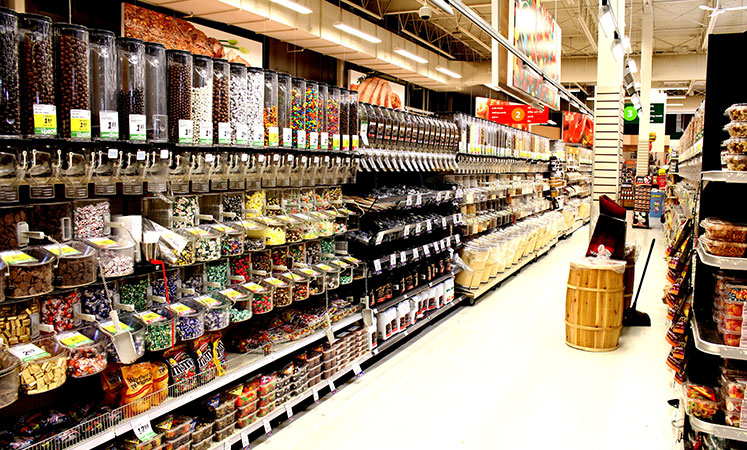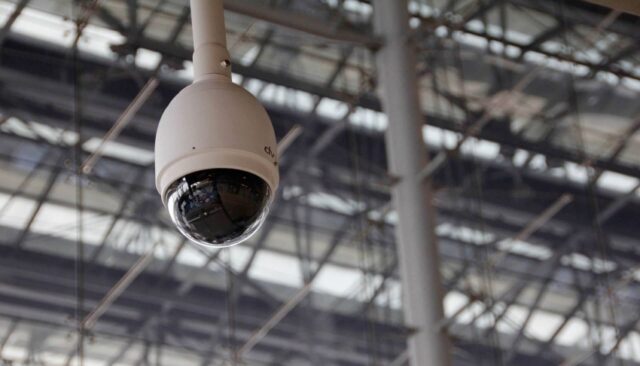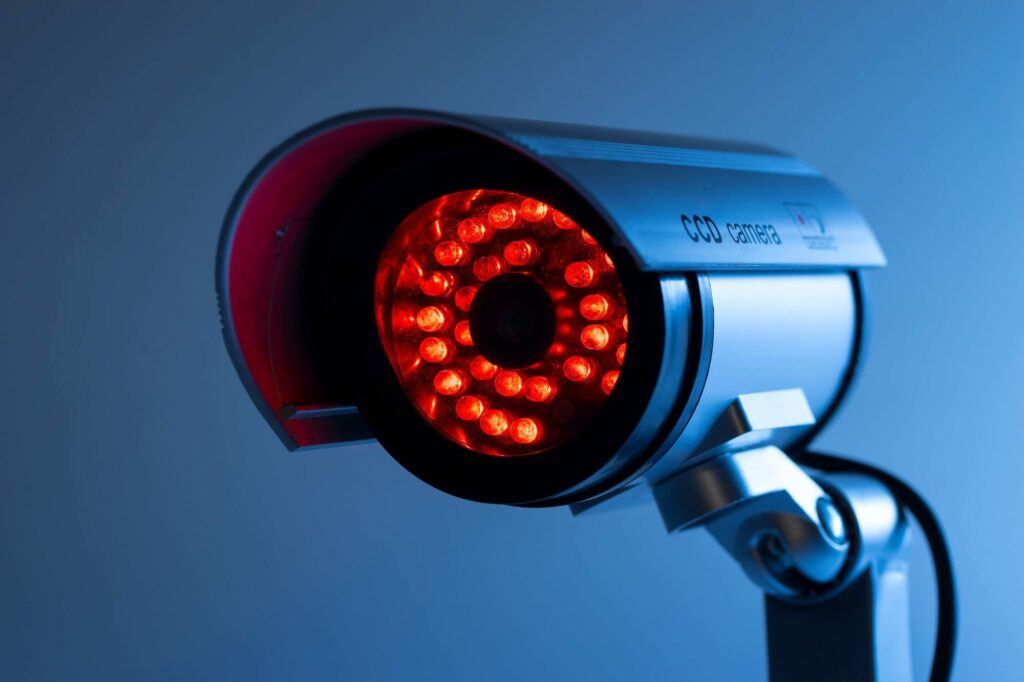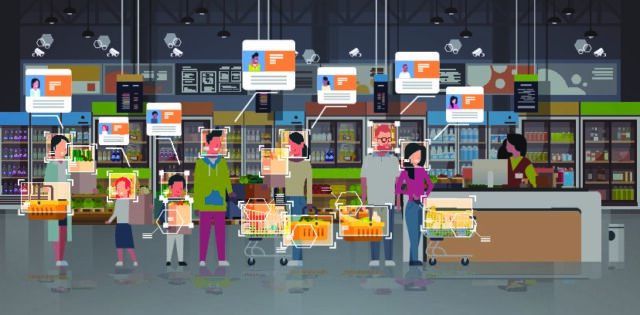
Organization of Video Surveillance in the Store: Tips from Professional
To organize a video surveillance system in a store, you need to decide what kind of surveillance cameras are needed (and how much) and which data storage system and video archive to choose. Accordingly, the choice is determined by the tasks that are solved by the management of the trading company, as well as its size, number of stores, their geographical distribution, etc.
Equipment selection
What are surveillance cameras? All security cameras are divided into two large groups: outdoor and indoor. Here, the choice is obvious. If you need the camera outside the building (mainly we are talking about temperature conditions and the presence of rainfall), only outdoor ones are suitable. In all other cases, you can usually choose among indoor ones. In addition to these camera options, there are the following versions:
- Micro.
- Modular.
- Box.
- Dome.
- PTZ (controlled).


Micro cameras are not recommended for use in all cases, except for those where installation options are limited and one of the main criteria is the size of the camera. Modular and box ones are the most common and typical, suitable for simple tasks when you do not need to change the camera direction and other shooting parameters. If the direction of the camera can change or a wider viewing angle of the camera is required, dome cameras are the best choice, which most often supports the ability to rotate the camera 360 degrees horizontally and 180 degrees vertically (which allows you to direct the camera’s gaze in any direction without the need for dismantling). If the direction of the camera, its zoom, focus, and other parameters need to be changed relatively often and remotely then PTZ cameras will be required.
In addition to versions, you need to pay attention to its parameters and capabilities. Starting with the most obvious ones – matrix resolution and bit rate (the amount of information per second of recording) – and ending with additional functions that increase the quality of the picture. The higher the resolution and bitrate the camera supports, the more high-quality and clear image (with more details) can be obtained. At the same time, the load on the data transmission channel and space needed to store the data significantly increase. For example, by changing the bitrate settings, you can significantly reduce the disk space for storage. If it is necessary to shoot in low-light conditions, the camera should be equipped with IR illumination, which allows obtaining a good picture in the dark.

You should also pay attention to the photosensitivity of the camera (the ability of its optics and matrix to capture light). The higher the photosensitivity, the more clear and color-rich the picture can be obtained in low-light condition. If you need a clear display of certain details in the frame (person’s face or car number), you must choose models with backlight compensation function and strong light suppression.

The presence of the extended dynamic range will allow you to see too bright and too dark areas in the frame at the same time. This is especially important for cameras located at the entrance of the store outside or inside when bright sunlight contrasts with the lighting of the store, and people can simply turn into shadows. At the same time, this function can have a software-hardware cooperative implementation in the camera. Preference should be given to hardware implementation. We also recommend you to pay attention to the Onvif protocol support by the camera, which allows you to work with the camera remotely, receive information about the functions available on the camera and their settings. However, almost all modern mid-range IP cameras support this technology.
Finally, depending on the task, you need to pay attention to the built-in analytics function. Today, the most common type of analytics implemented in the cameras themselves can be called motion detection (or its more advanced version: not just detecting movement in the frame but also analyzing it). The analytics function is increasingly finding application in retail in case of detection of the disappearance or appearance of new objects in a given area. The function is developed to detect the presence of smoke or fire in the frame, as well as an anti-vandal option (reaction to a change in camera position, lens closure or defocusing, strong exposure, etc.).
Now you need to decide on the options for storing the video archive and watching them. You can use separate devices: Digital Video Recorder or DVR designed to record a digital signal from analog cameras, Network Video Recorder, or NVR – for recording from IP cameras) or hybrid versions (HVR). There are even more advanced solutions for collecting and storing uncompressed video with minimal delays from advanced digital cameras but they are usually used where big data streaming is required, suitable for subsequent complex and fast analytics (for example, in various digital city shows).
All new video surveillance systems for stores are being built using modern IP cameras. Therefore, we will focus on them. NVR can work with modern IP-cameras and is suitable for solving only very simple tasks. This happens because such a solution has some limitations and features. For example, most often, no more than 16 cameras can be connected to the store, 32 in extreme cases. Therefore, if the number of cameras in the store (and its office premises) exceeds, it is better to use a storage server. NVR has an extremely inconvenient interface and poorly functional mobile application. Also, there is a huge problem with exporting the desired video. Therefore, today, due to the urgent tasks facing video surveillance systems in retail, it is most advisable to use cloud solutions for storing and accessing data from cameras, or your server. There are models with support for writing data on SD cards but this is mainly used to save the video on the card when the server is disconnected.
Camera Mount Points
Each store or trade network can solve various problems with the use of video surveillance. Depending on a particular task, in addition to choosing the right equipment, mount points of surveillance cameras are important. If the camera is used for security purposes, then it is mounted in protected areas, with a view of the doors, on the ways of moving people, or outside the building. If it is needed for face detection, it is important that the information from the camera as quickly as possible reached the security officers when unwanted persons appear at the store. It is mounted at the entrance to the store, while it is important to observe additional conditions for high-quality face recognition: the camera should be mounted at the level of the head and there should be sufficient lighting and lack of illumination. If the store solves the problem of controlling the length of the queue or the time for servicing one client in automatic mode, then the camera must be mounted as high as possible with a full overview of the space in front of the checkout.

Scaling video surveillance for the store, in this case, will also entail additional activities. However, this will cost the company more than using a cloud service even from highly professional market players. This option is suitable for very large trading enterprises with an established IT department and their regulations and procedures, companies that already have their own IT infrastructure outside of video surveillance to solve a large number of other data tasks.
What is the use of cloud video surveillance and what problems are solved using a cloud service?
Cloud service is very simple and quick to connect, disconnect, replace, scale, or reduce. No qualified technical personnel required. No need to worry about the safety and backup of data, the maintenance of server rooms in unstable climate conditions, fire safety and flood protection, and uninterrupted power supply. Cloud service providers provide stable and wide communication channels that allow access to online broadcasts from cameras and archives for a very large number of users at the same time.
Very often, large cloud providers have data centers in various locations, which allows you to optimally distribute traffic between users from different regions and achieve minimal delays in access to the video. The client pays only for the storage space and the required level of availability and service. Although all the data in the cloud storage of large providers are secured and encrypted (and transmitted in the same way in both directions), they are stored at a third-party company, which may not be acceptable for some trade networks. This solution is perfect for small or medium-sized stores and stores without their own IT infrastructure.
Conclusion
Now a few stores operate without a video surveillance system. The vast majority of retail space today are equipped with cameras to ensure security. However, modern equipment and video surveillance systems as a whole have advanced significantly and can do much more than just capture what is happening in the frame. Existing technologies make it possible to solve both managerial tasks (personnel control, working hours, observance of service and safety standards), and marketing (monitoring of queues and time of service, merchandising and analytics of visitors).
A facial recognition payment system is around the corner. In the future, such options will significantly change loyalty programs, approaches to personal service, and logistics processes in retail. In each of these tasks, a balanced choice of the appropriate solution and equipment for the organization of smart video surveillance is required. And even today, even at the initial stage, store video surveillance gives an advantage and allows to both save and earn.










